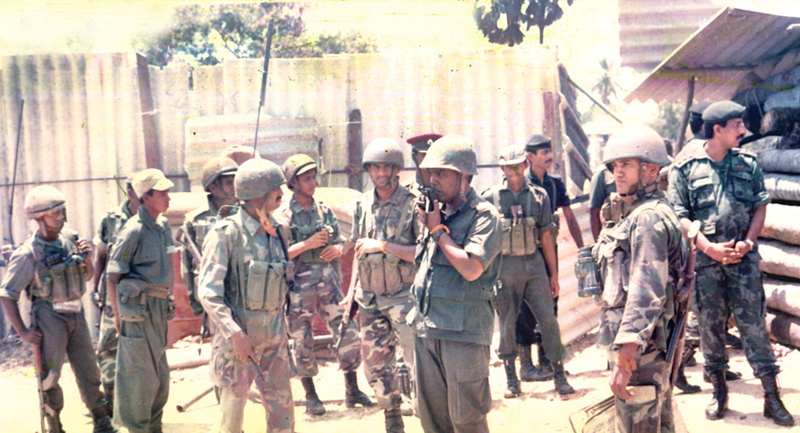While localisation has long been a mantra in international development and peace building circles, there has over the past few years been a much louder call for genuine localisation in mainstream policy debates. In particular the World Humanitarian Summit in 2016 signaled the emergence of localisation as a central issue on the international humanitarian agenda. This is all the more pressing in the Arab region, which as home to a disproportionate amount of contemporary conflicts and crises, faces a major challenge in translating global responses into local solutions and identifying existing grassroots, community-level capacities for responding to conflict and dealing with its aftermath.
In short, considering the scale and nature of conflict in the Arab world, localization has been transformed from a policy choice to a necessary, default option – which calls for a critical interrogation of its meanings, potentialities and shortcomings.
What is localisation?
The concept of localisation possesses a number of properties. It is in essence about scale, not only geographical but also in sociological, political or economic terms.
Localisation entails notions of community participation, local ownership, local knowledge, empowerment, autonomy, and increasingly resource sharing. One response is to locate the family, village, community, clan, or city as the local. By contrast, localisation in humanitarian action often refers to much broader processes of nationalisation and regionalisation, entailing a relative move towards being more local and less internationalized.
Localisation and conflict resolution
International peace builders share a common culture that perceives conflict as resulting from national and international level tensions which has produced a dominant top-down, diplomatic and macro-political peace building apparatus whose purpose is to address the nation-state and international system.
This system is not geared towards addressing tensions at the local level at which many of the deep-lying drivers of conflict are located. This will require an understanding of conflict in fluid environments based upon traditional patterns of living and a highly localised view of the way conflict manifests within the structure and dynamics of society. There is a need, then, for a conflict analysis that emphasises the local-level relationships and social cohesion between clan-structures and other groups.
The nature of protracted conflict has distorted community-based traditional forms of conflict resolution, which in various cases have either disappeared or been eroded in terms of values.
Tribal structures have been weakened by long-term trends including a loss of youth respect for elders, which can be observed in contexts including Somalia, Syria, or Yemen, and the attempts by secular states over the course of decades to dismantle tribes, thus rendering tribal structures for conflict resolution less relevant. While these capacities have often been eroded, due to the persistent nature of conflict, the repeated failures of outside intervention to resolve conflict, and increasingly large obstacles to accessibility, it often suddenly becomes fashionable to seek out customary forms of peace-making. Yet the speed with which external constituencies demand peace processes to operate under often does not permit these local mechanisms of conflict resolution sufficient time to build their reputation or test their legitimacy.
Local ownership and post-conflict recovery
The state remains the fundamental purveyor of security. Yet it often fails to fulfill its security obligations—and at times has even become a source of threat to its own people. That is why attention must now shift from the security of the state to the securityof the people— to human security. In many respects, human security requires including the excluded.
In the Arab context, in particular following the Arab Spring, we find ourselves in a landscape of fragile and failing states at a scale not seen before. International panic and concern within this situation of conflict engulfing the region and overwhelming societal capacities, rather than a principled and proactive effort to ensure the coherence between international state building models and local realities, has been the primary driver behind the recourse back to identifying and working with traditional modes of customary and tribal governance. Furthermore, international approaches to fragility in the region must contend with large areas under non-state control, which brings a range of new local actors into consideration.
In the context of Syria, with over a million people under siege the role of local municipalities as service providers in extremely challenging circumstances has been brought into focus. In the case of Yemen, breakdown in governance structures has led to a greater interest on the part of external parties of the potential role of tribes in delivering a workable political settlement. These moves have been taken out of necessity where centralized states have been unable to fill in the gap.
Barriers to localisation
Definitions and Context: Contexts of protracted conflict render the operational environment increasingly complex with many new dimensions. Various actors are, out of necessity, placed in a situation in which they must make value judgements on who is a good local and who is a threat to aid delivery or peace.
Capacity: Inadequate local capacity has been long perceived by locals as an excuse invoked by the international community for not implementing genuine localization.
Budget and Accountability: While efficiency may be a secondary consequence – and in some cases genuine localisation may prove more costly - localisation should be primarily about empowerment and effectiveness.
Political Will: A major barrier is insufficient political will both nationally and internationally. At the national level, where localisation involves working with communities, state authorities must cede some control and resources to allow localisation to take root. At the international level, a psychological shift may be needed to accept the reality of locals playing a leading role in conflict response.
Inadequate Vertical Linkages: For instance, the Regional Refugee and Resilience Plan in Response to the Syria Crisis (3RP) has been lauded as a paradigm shift in that it has blended humanitarian and development approaches and enabled the emergence of a multi-scalar response that takes into account national approaches integrated into a joined-up regional framework.



Add new comment